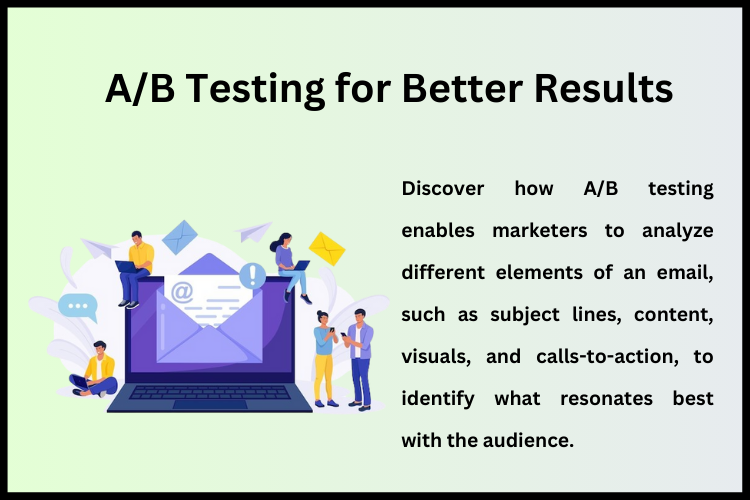A/B test for emails...
A/B test for emails | 50 ideas for testing emails | Deliver2inbox

A/B test for emails | 50 ideas for testing emails | Deliver2inbox
Summary

Article Name
A/B test for emails – 50 ideas for testing
Description
In this comprehensive guide, we explore the nuances of A/B testing for emails and present you with 50 ready-made ideas for testing. Get ready to revolutionize your email campaigns and witness remarkable results.
Author
Dikshita
Publisher Name
Deliver2inbox
Publisher Logo

By admin on 26 Jan 2022 0 Categories / Email Marketing Strategy Tags: A/B test, Bulk Email Marketing, email marketing, Email marketing campaign
Post Your Comment

